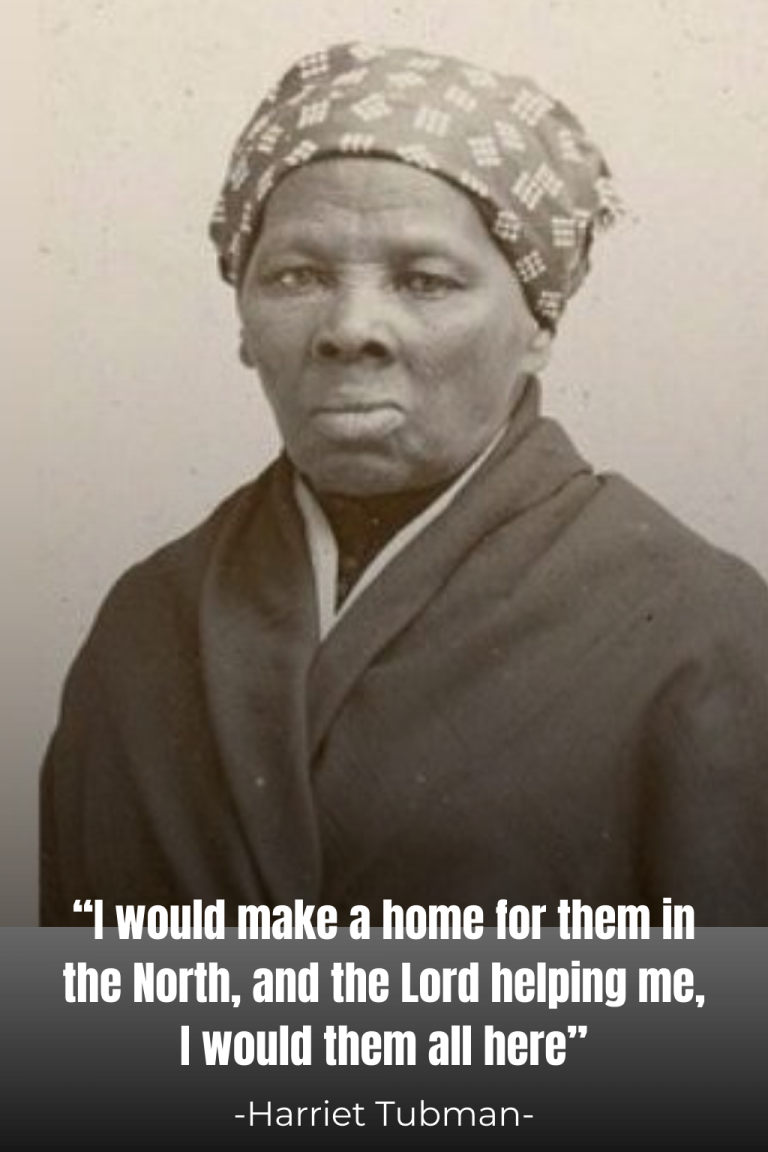Louis Braille – The Man Who Brought Light into Darkness
One summer afternoon in 1812, inside the small workshop of his family in the town of Coupvray, France, the sound of hammers echoed and the smell of leather filled the air. Louis Braille—a lively three-year-old boy—wandered too close to his father’s workbench. In a single careless moment, the sharp awl used for piercing leather slipped, striking his tiny hand and piercing straight into his eye.
The whole village grieved to hear that little Louis would never see the light again. From that day on, darkness became his lifelong companion. Yet he refused to surrender. Each day, as he listened to his friends read aloud from books, a dream ignited in his heart: “Why can’t I read like them?”

At the age of ten, Louis was accepted into the Royal Institute for Blind Youth in Paris. There, he encountered his first books with raised letters—bulky volumes where each printed character was embossed. But they were enormous, heavy, and scarce. Reading was slow, frustrating, and limited. Louis realized this method could never unlock the vast treasure of knowledge for the blind.
Then came an unexpected chance: the school introduced “night writing,” a code the French army used to communicate in darkness. It was a system of raised dots soldiers could feel with their fingers. Louis was fascinated, but quickly noticed it was too complicated.
So at twelve years old, driven by determination and longing, he began to experiment. Night after night, in his dark dormitory room, he carefully pressed tiny dots onto paper, testing, failing, erasing, and trying again. Finally, he created a system of just six raised dots—simple, elegant, and versatile. Those six dots could be arranged into endless combinations, capable of recording every language, every sound, even music.

But acceptance did not come easily. At first, teachers dismissed his system. Only his blind classmates, when they tried it, broke down in tears of joy: “We can read—just as fast as the sighted!”
Louis Braille died at only 43, never witnessing the full recognition of his creation. Yet in the years that followed, millions of blind people across the world would find “light” in darkness thanks to his tiny raised dots.
The Braille system was more than an invention—it was proof of the strength of human will: from pain and loss, a blind boy built a doorway to knowledge, opening up an entire universe for those who might otherwise have been left behind.





